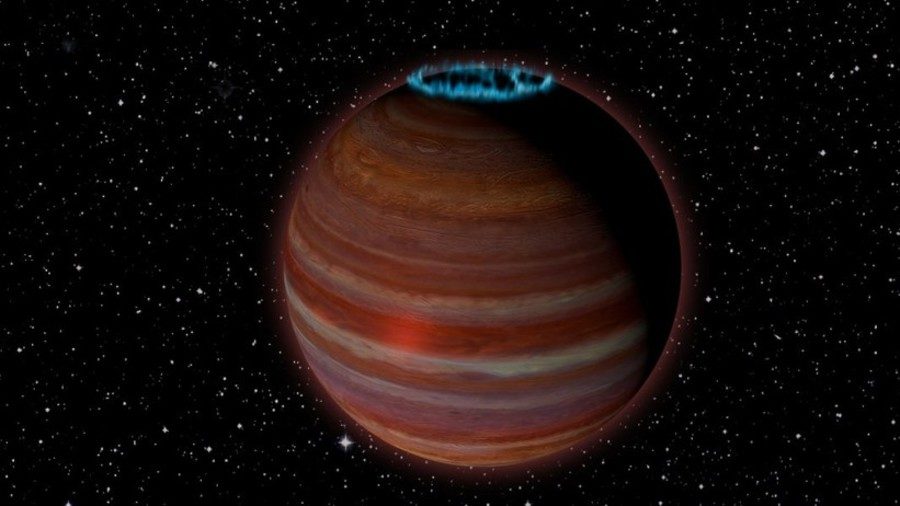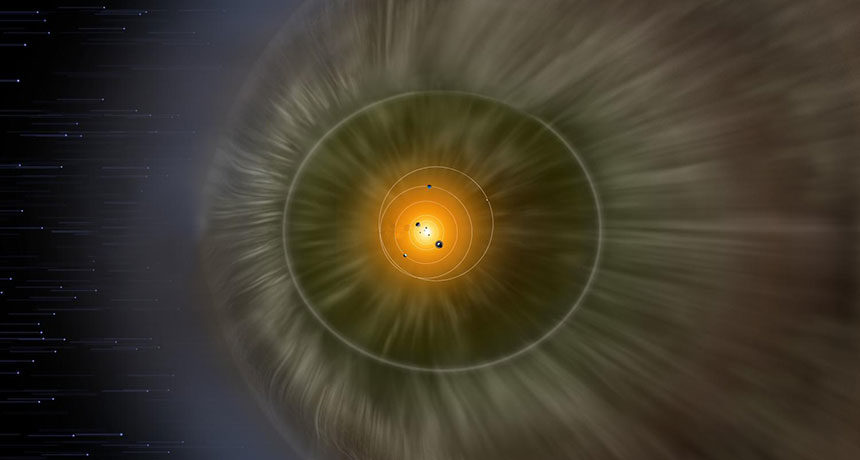OF THE
TIMES

"This work is another example of how nature makes use of these trigger waves - things that most biologists have never heard of - over and over again," biochemist James Ferrell said. "It is a recurring theme in cell regulation. I bet we'll start to see it in textbooks soon."Scientists used the egg of an African clawed frog, which is a single, large cell, to conduct the experiment. After removing the cytoplasm and placing it in a tube, they then initiated apoptosis and used a fluorescent green protein that glows when apoptosis occurs.
"The United States of America is working really hard not to be dependent on the RD-180 engine," Jim Bridenstine said on C-Span. "So, do we want to be dependent? No! Do we want to have a partnership? Absolutely."For years, the United Launch Alliance (ULA) has been relying on Energomash RD-180 engines to power the Atlas V rocket. However, geopolitical tensions and sanctions introduced by the US against Russia has prompted calls by US politicians to consider replacement of the Russian-supplied technology. Until a viable alternative is produced, the US wants to preserve its cooperation with Russia.


Comment: Some say 'Space is the final frontier' but perhaps the real final frontier is 'cooperation and co-existence'!